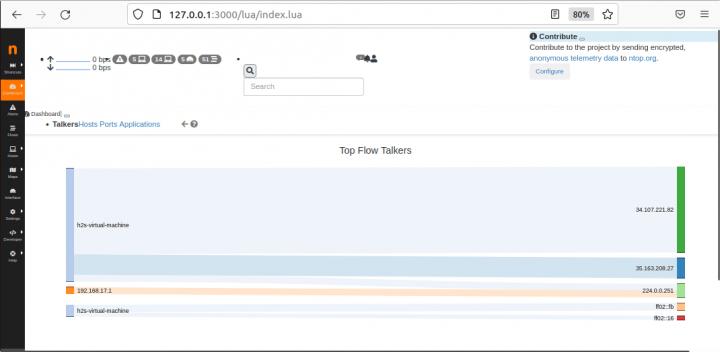

In this article, we explain how to install and use the Linux CLI. Tend not to work properly, since they tend to run before the network becomes active, and thus the command will fail.Proton VPN offers both an official Linux app with graphical user interface and an official Linux CLI.

If you ever want to stop or restart the service, you can do: You can check the status of proton vpn in two different ways, by monitoring the status of the service or by using the command line tool itself: Once you have it, you just need to enable it and start it: With whatever command you would like to run. Also, if you want to change the type of connection, you should edit the line starting with With the appropriate user name, for example , but if it is not, pay attention and change it in the code block below.

The first step is to know where the protonvpn command was installed on your system: , or it will fail to start (running as root user does not work on Ubuntu/Debian systems). After you followed the installation instructions on the website, you will need to define a new service, which starts after the network connection has been established. This gives you a lot of control regarding when to run it, how to stop it, etc. If you want to run something at startup, the best idea is to run it as a service. It gave me a lot of headaches to find a way to run it automatically at startup on my Raspberry Pi. However, this new version is not compatible out-of-the-box with the previous version. Which allows you to connect to the ProtonVPN servers directly. Some months ago they've released an updated version of their

Is a great VPN solution which includes also a free tier. The following steps are based on it and not on the official solution. : ProtonVPN-CLI does not work on a headless Linux installation (Updated: 10-January-2022). In this article I will show you how to configure it to run at startup on Linux machines.


 0 kommentar(er)
0 kommentar(er)
